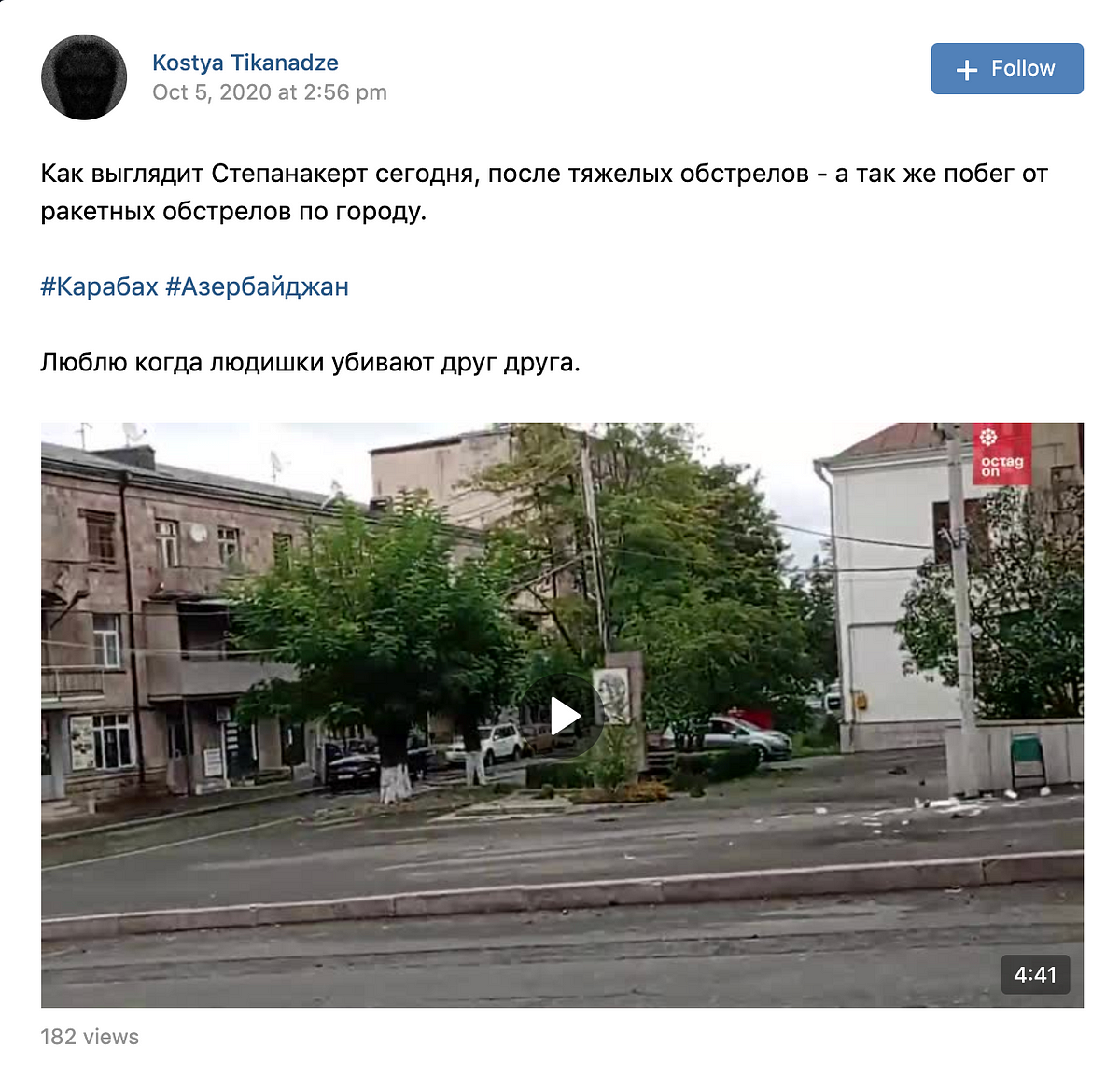Verifying Azerbaijan’s use of cluster munitions in the Nagorno Karabakh conflict
Videos online showed use of munitions in civilian areas of Stepanakert
Verifying Azerbaijan’s use of cluster munitions in the Nagorno Karabakh conflict
Share this story
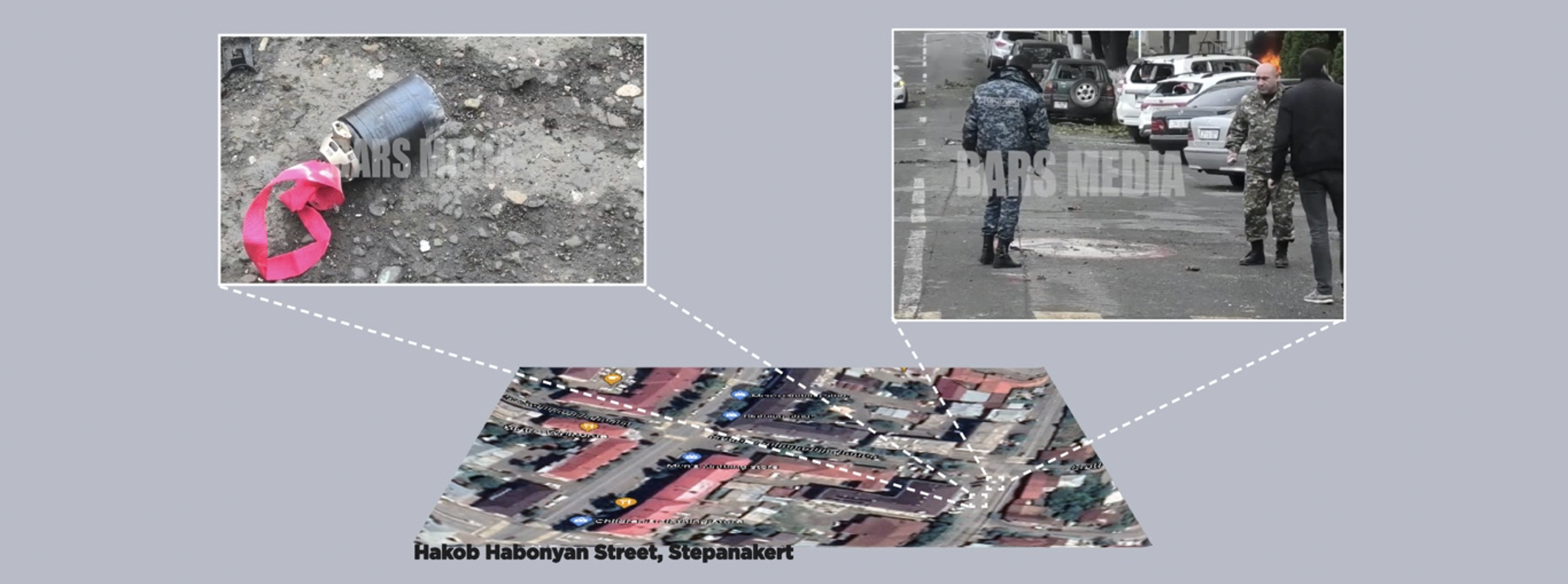
Banner: @LAndriukaitis/DFRLab via @RALee85/archive)
As the fighting continues over the disputed territory of Nagorno-Karabakh, evidence appeared online regarding the use of cluster munitions by Azerbaijan against civilians in Stepanakert.
Cluster munitions are a devastating weapon, especially when used in civilian-inhabited areas, because they indiscriminately scatter small bomblets over a wide area. Their use is condemned by the international community: more than 120 countries have signed an international agreement not to use this type of munition in warfare. But the weapons still find their way into conflicts: the DFRLab covered their use in Syria by the Assad regime, for example. Neither Azerbaijan nor Armenia have signed the treaty to ban these weapons, and there are videos and photos from Nagorno-Karabakh showing their potential use by Azerbaijan on civilian areas of Stepanakert.
On October 4, 2020, a video started to trend online, allegedly capturing an attack on Armenian-controlled territory using cluster munitions. A series of nearby small explosions captured in the video were similar to the ones usually caused by cluster munition bomblets. The video was allegedly taken in Stepanakert, the capital of the territory.
More evidence of cluster munitions being employed against Stepanakert. 583/https://t.co/hjwU4A0iz0 pic.twitter.com/FKwODQNqfY
— Rob Lee (@RALee85) October 4, 2020
In some of the trending videos, the time and date stamp could be seen, which suggested that the video was taken at 9:31 a.m. local time on October 4. The DFRLab geolocated the video to confirm its authenticity. The geolocation suggested that the video was taken on Hakob Hakobyan street, facing westwards.
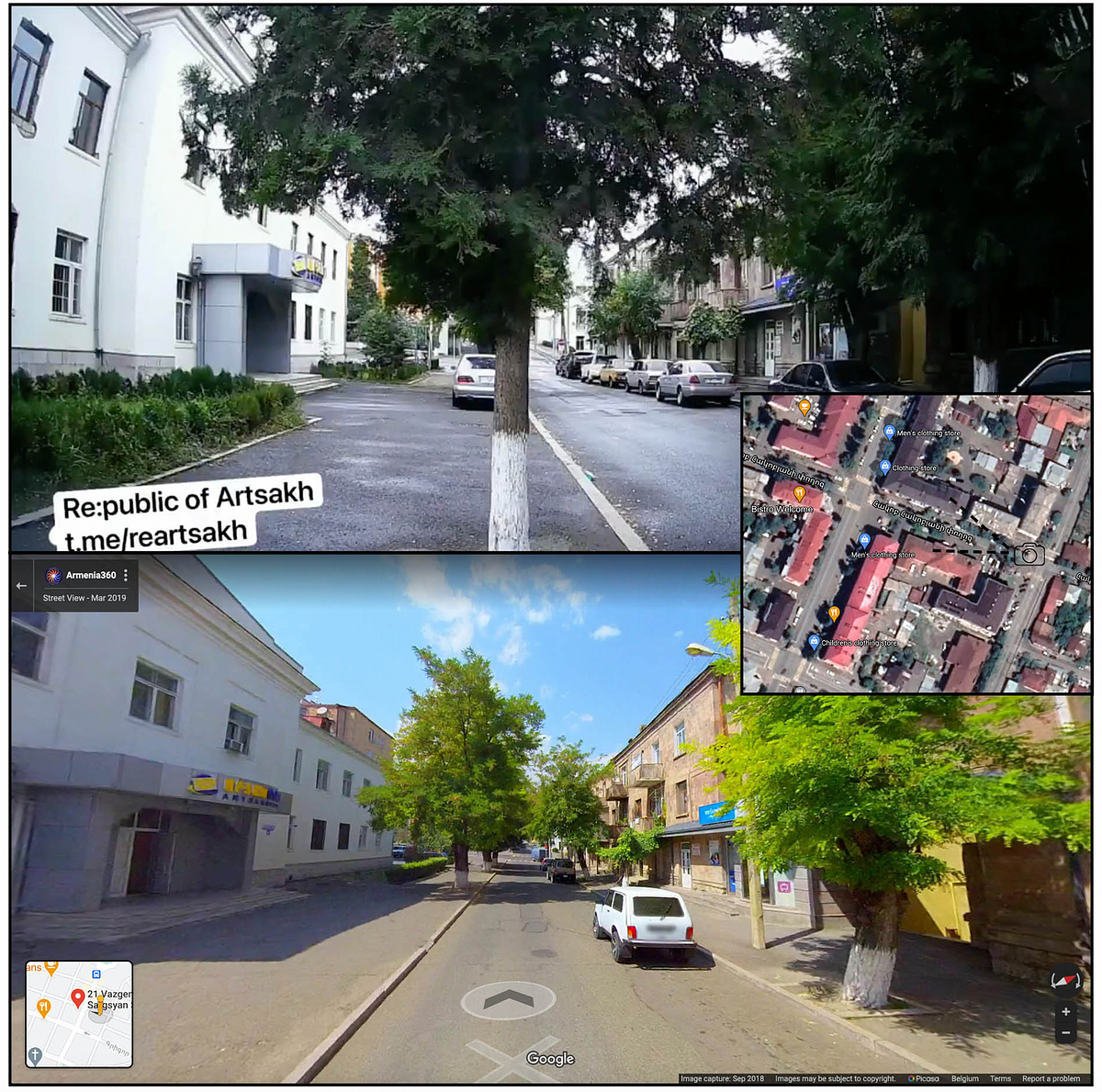
Another video appeared on October 5 on VK, allowing for cross-referencing of the bombing and further evaluation of the damage. In the video, a Russian-speaking journalist from the media outlet Octagon is seen walking around Stepanakert to inspect the damage inflicted on the city. He walked through the same street and filmed the same cars from the opposite side as seen in the first video.
The DFRLab confirmed the location by geolocating the video. Additionally, the damage done to cars by the explosions can be clearly seen, and the small holes in car doors look like those inflicted by cluster bomb shrapnel, further corroborating the claims of cluster munitions use.
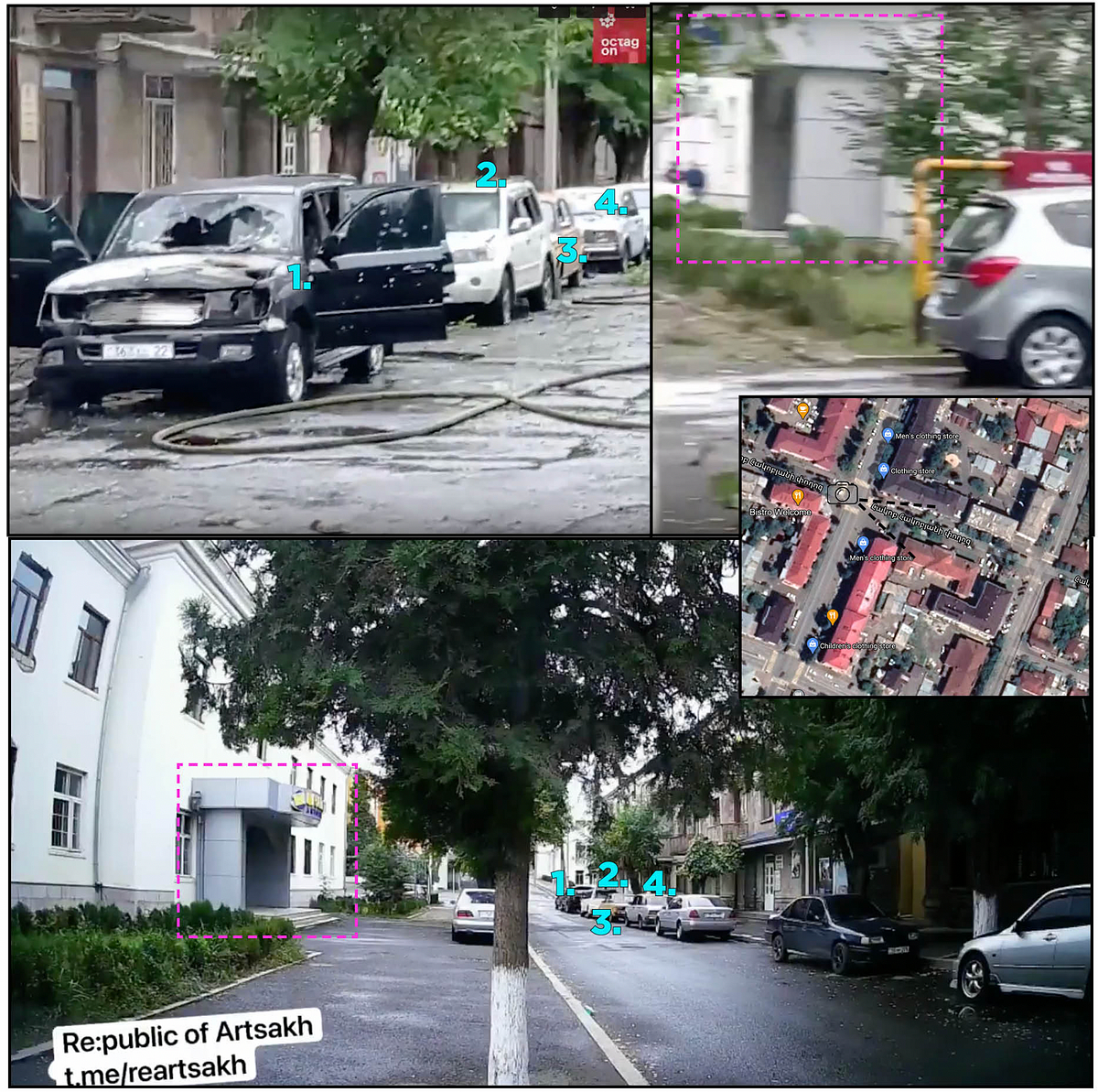
Lastly, video evidence appeared of cluster bomblets laying on a street in Stepanakert. Geolocation confirmed that this video was also taken in the vicinity of the previous two.
Another video of the aftermath of shelling on Stepanakert. Appears that cluster munitions were used. 579/https://t.co/nmjYJbQ1s6 pic.twitter.com/RiKY8rh7zr
— Rob Lee (@RALee85) October 4, 2020
In the video, a number of these bomblets were scattered on the street. More damaged cars can be observed in the background.
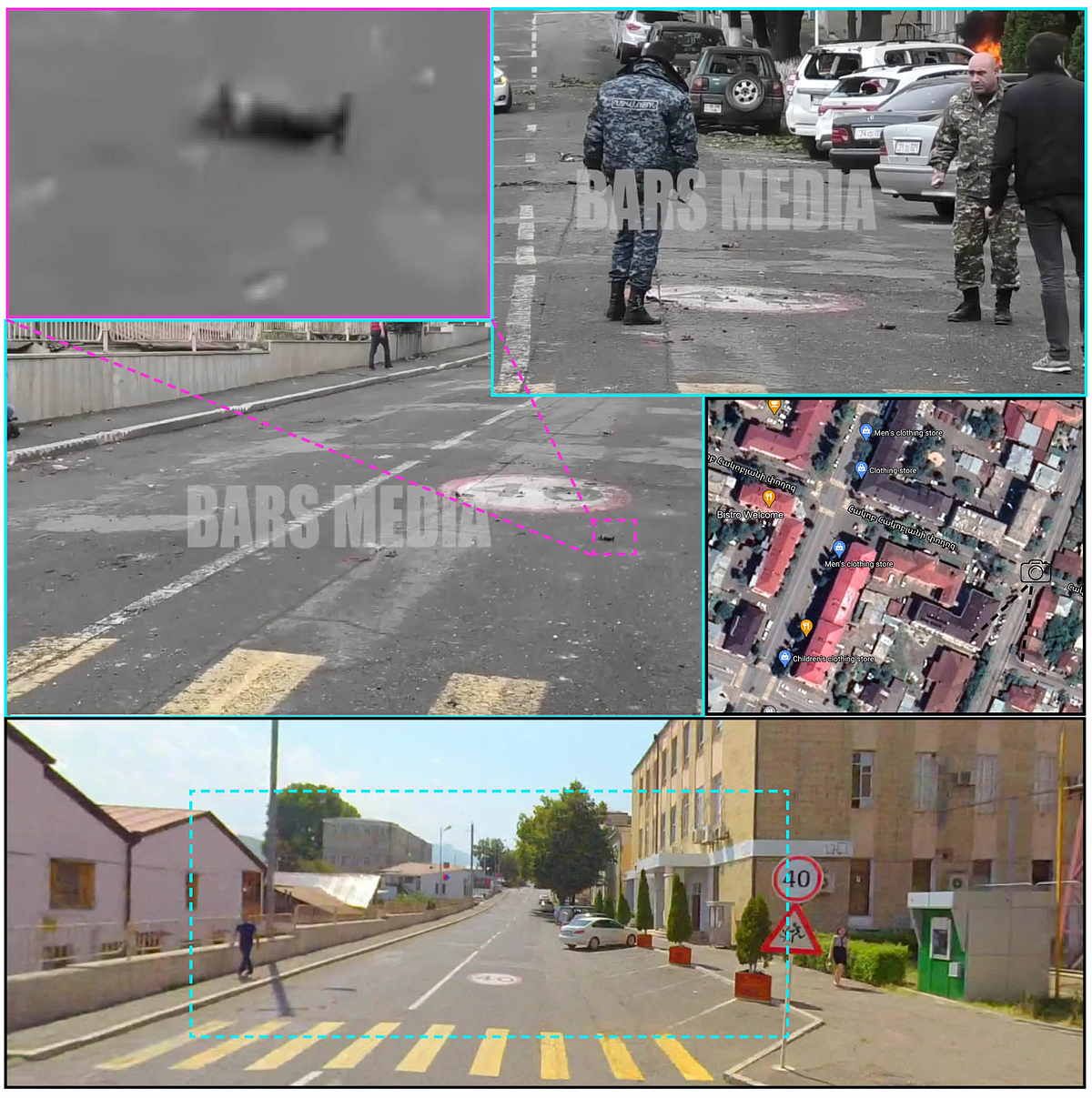
The same Twitter account also provided better quality images of the bomblets for closer observation. The comparison revealed that these were Israeli-made M85 type munitions.
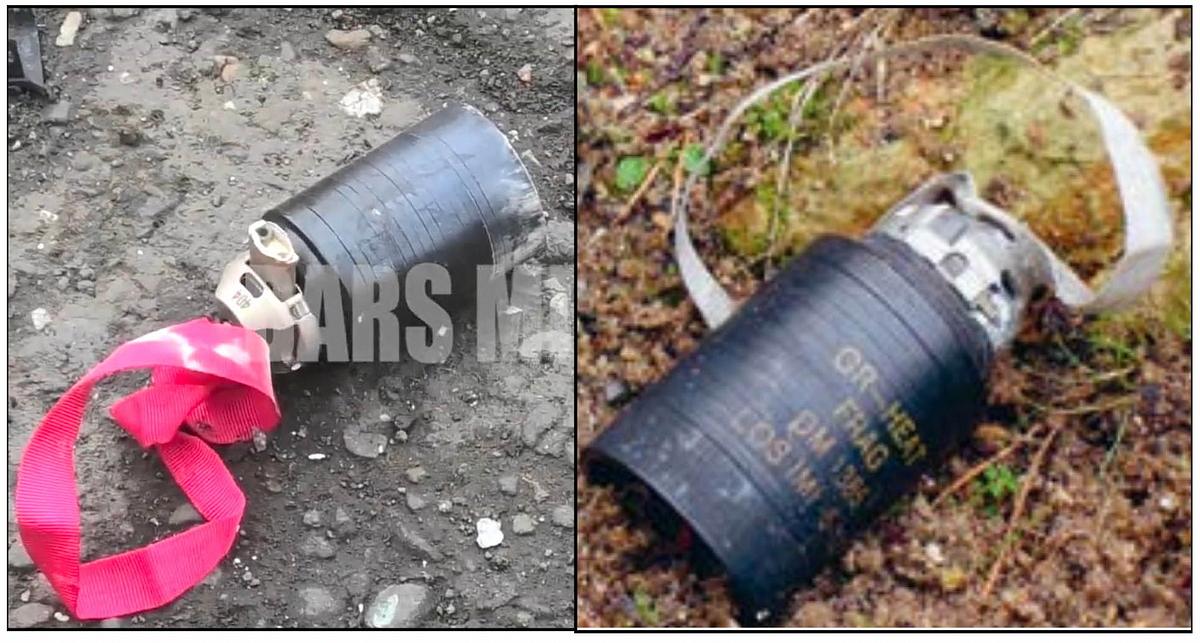
Israel reportedly provided Azerbaijan with $825 million worth of weapons between 2006 and 2019. These findings suggest that it is highly likely that Azerbaijan used cluster munitions against the Armenian-controlled city of Stepanakert. The DFRLab will continue to monitor significant developments in the Nagorno-Karabakh conflict, covering both the disinformation and security aspects.
Cite this case study:
Lukas Andriukaitis, “Verifying Azerbaijan’s use of cluster munitions in the Nagorno Karabakh conflict,” Digital Forensic Research Lab (DFRLab), October 9, 2020, “https://dfrlab.org/2020/10/09/verifying-azerbaijans-use-of-cluster-munitions-in-the-nagorno-karabakh-conflict.”

